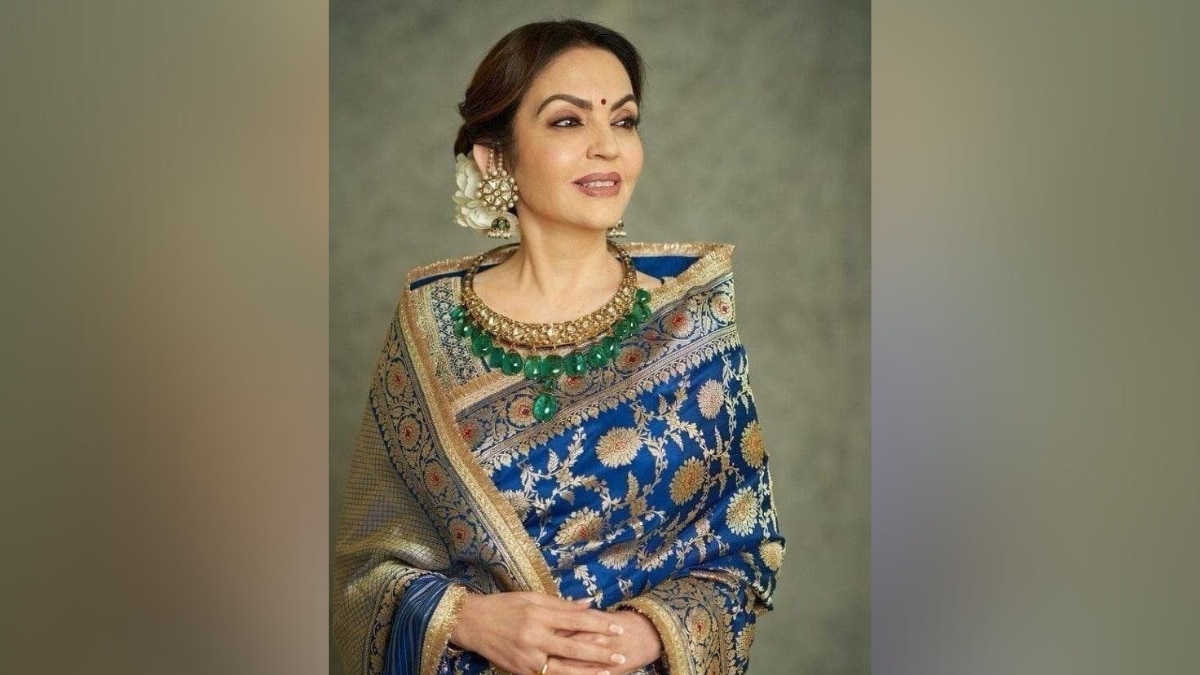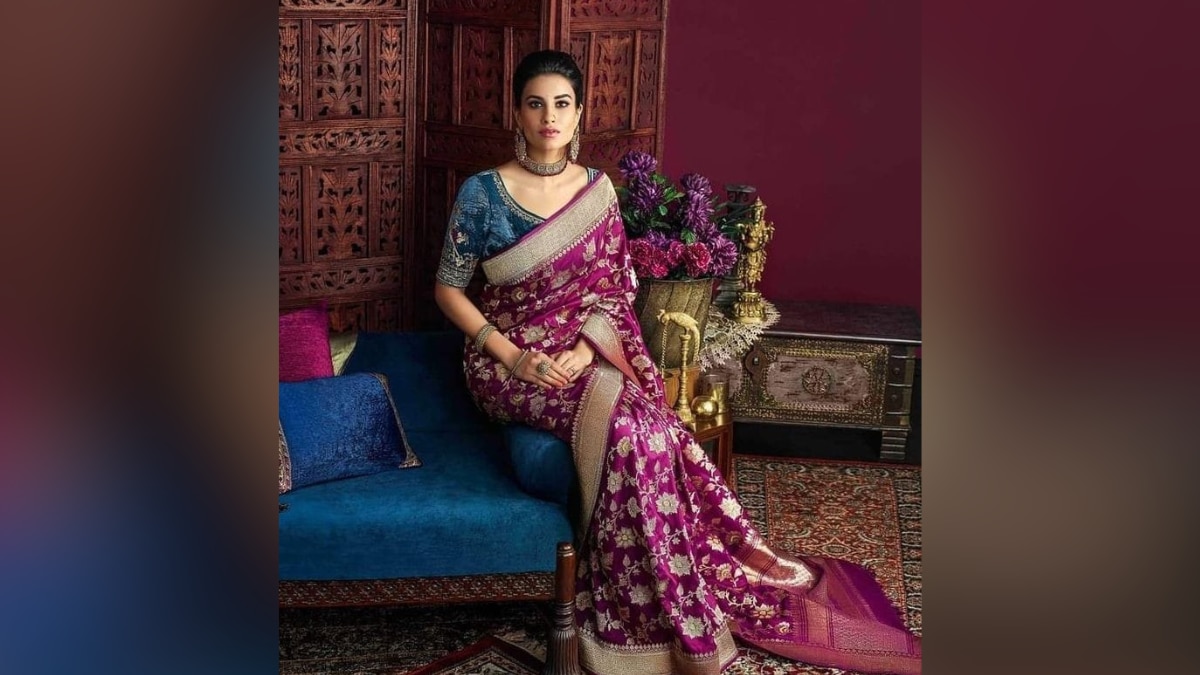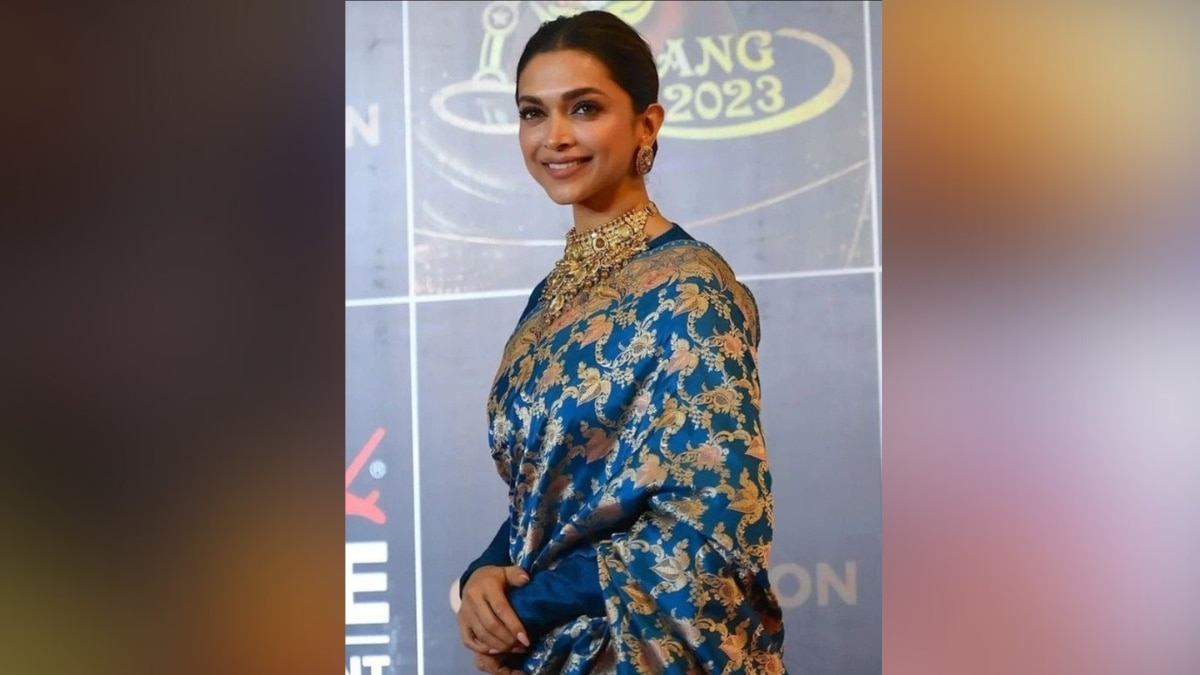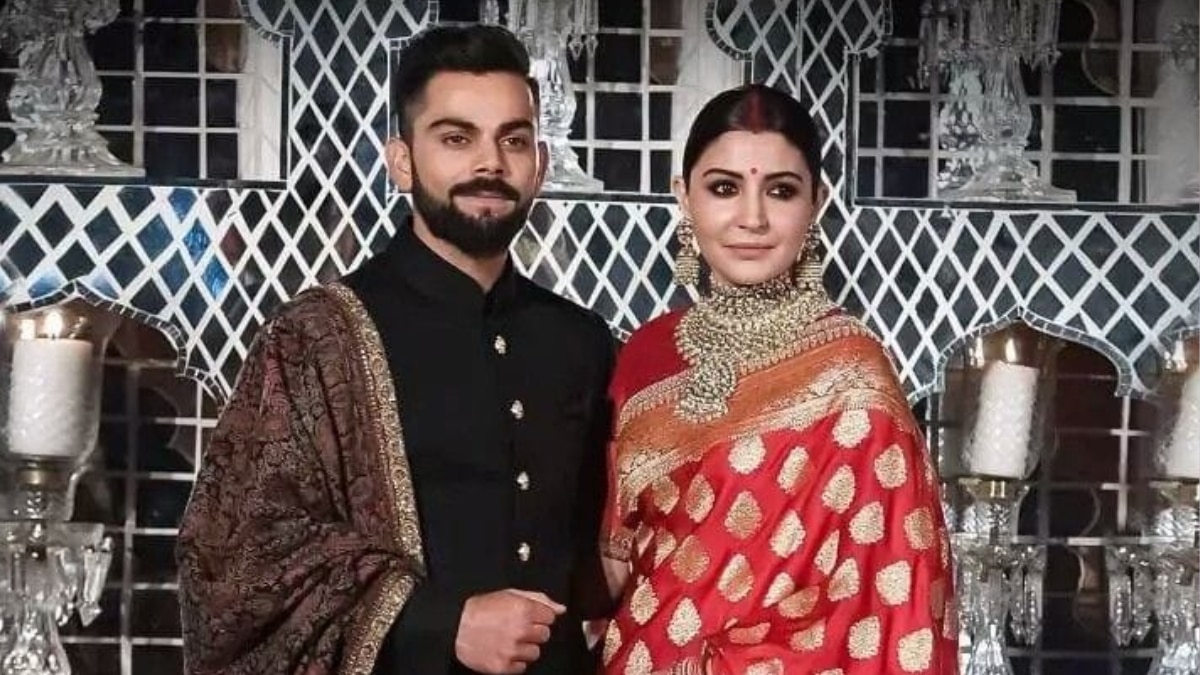Benarasi Sarees: Know About The Cultural Heritage, Fabric, Motifs And Things To Keep In Mind Before Buying A Piece
The vibrancy of the Benarasi saree has always held a special place in a woman’s trousseau, serving as both a fashion statement and a homage to tradition.

Varanasi, also known as Benaras or Kashi, is not just a city of spiritual allure but also a beacon of textile brilliance. Perched on the banks of the sacred Ganga, Varanasi is renowned for its intricate and luxurious silk fabrics that have captivated people for centuries. This ancient city, synonymous with some of the world's oldest temples, is equally famous for its exquisite fabrics, and sarees particularly featuring the Benares weaves. The vibrancy of the Benarasi saree has always held a special place in a woman’s trousseau, serving as both a fashion statement and a homage to tradition.
"Over centuries, Banarasi designs have evolved, weaving stories through motifs—floral patterns, animal and bird depictions, Islamic patterns like florals and ‘Jali’ or ‘Jaal’ came in vogue. Modern Banarasi sarees blend traditional patterns with contemporary styles, featuring intricate designs such as Kalga, bel, and Jhallar," said Sridevi Vijayan, Associate Professor, Department of Fashion - Pearl Academy, Delhi West.
"Renowned for their finesse, softness, and luxurious gleam, these sarees epitomise opulence and are celebrated in renowned scriptures," she added.

Historical Significance And Cultural Heritage:
Initially crafted for royalty, the history of Banarasi handlooms is reflected in their exquisite weaves with the introduction of brocades with intricate designs using delicate gold and silver zari threads.
Prof. John Varghese, School of Fashion, World University of Design, Sonipat said, "The textile heritage of Benares is deeply rooted in history, dating back to the time of the Kasi kingdom. It is said that when Siddhartha (later known as Gautam Buddha) renounced his princely luxuries, he cast aside silk clothes woven by the skilled weavers of Kasi."
"The city's textile tradition witnessed remarkable advancements during the Mughal era, especially under Emperor Akbar, who encouraged the blend of Persian and Indian art forms. The arrival of silk weavers from Gujarat in the 17th century, following a devastating famine, further enriched Varanasi's weaving heritage, establishing it as the textile capital by the 19th century," he added.

Fabric, Weight, And Style:
Benarasi sarees are known for their durability, fine craftsmanship, and intricate designs. While early brocades featured Hindu motifs and Rajasthani influences, the arrival of weavers from Gujarat during the 14th and 16th centuries floods, fires, and famines marked a significant evolution in design and the use of silk for brocades began during this period.
Prof. John Varghese said, "Benaras' silk weaving is renowned for its intricate brocade and zari work. Brocade weaving involves the meticulous insertion of zari threads—often made from real gold—into the silk fabric, to create intricate patterns and embossed look. This technique, originally executed on a drawloom or 'Jalla', showcases the artisans' exceptional skill and precision. Weaving centres, known as 'Karkhanas', are spread throughout the city, where 'Kaarigars' or weavers work under the guidance of master craftsmen. The traditional weaving sectors of Alaipura and Madanpura are prominent among many, each boasting unique techniques and compositions, with Madanpura known for its fine, traditional work and Alaipura for its innovative designs."
Today, Benares silk saris and fabrics are available in a variety of types, each named after its specific motifs and weaving techniques. Katan (referencing pure silk), Kora (organza), Kora cutwork, Brocade( with metallic yarn inserts), Chiffon and Georgette with highly twisted threads, are some of the fabric constructions.
According to Prof. John Varghese, "The most popular ground weave is satin which makes the fabric luxurious, sturdy and receptive to metallic threads( Zari). A particularly distinctive technique is 'Minakari', where additional colours are woven into motifs to create an effect reminiscent of jewellery enamelling Kinkhabs are fabrics with metallic yarns woven into the fabric structure."
When it comes to weight, some Benarasi sarees are heavier while others are lighter, although both have the royal charm.
Explaining this, Sridevi Vijayan said, "The weight difference in Benarasi sarees arises from variations in fabric type, weaving techniques, and embellishments. Authentic Benarasi sarees are traditionally woven using pure silk threads, contributing to their heavier weight. The fabric’s heft comes from the Tana (warp) made of two-ply yarns and the Bana (weft) made of double the tana yarns. Intricate zari work with gold or silver threads and detailed embroidery also add to the saree’s weight. The density of the weave and the complexity of patterns further influence the heaviness."
"Conversely, lighter Benarasi sarees are often made from silk blends like georgette or chiffon, which are naturally lighter fabrics. These sarees feature less dense weaving and fewer or lighter embellishments, making them easier to carry while still retaining their aesthetic appeal," she added.
Among the various weaving techniques used in Banarasi Sarees, three prominent ones are Kadhwa, Phekwa and Kadhiyal which contribute to the rich texture and artistic appeal of the fabric.

Motifs And Patterns:
The evolution of Benarasi silk is a testament to the slow, steady progress of craftsmanship through the ages. Each sari or textile embodies centuries of refinement, preserving traditional charm while embracing contemporary tastes. This delicate balance of old and new ensures that Benares silk remains a timeless symbol of elegance, sophistication and the rich cultural heritage of India.
Prof. John Varghese said, "The motifs and patterns of Benares silk weaves have undergone a slow, deliberate transformation over centuries. Early designs may have been plain textures or stripes, then progressively featuring floral, animal, and bird patterns, which were popular between 350 AD and 500 AD. By the 13th century, 'Butidar' designs gained prominence. The 16th-century Mughal influence introduced Islamic patterns like florals and 'Jali' or 'Jaal', while the 19th century saw a blend of Indian designs with Victorian-style geometrical patterns. Butidar Brocades, Jangla featuring foliate patterns spread allover, and Tanchoi with many colour silk interlacings are all-time favourites. When combined with creative placements and layouts in a sari or contemporary garments, these are revealed as scintillating works of wearable art."

How You Can Verify The Authenticity Of Benarasi Sarees:
To verify authenticity, it is important to examine the reverse side of the saree for floats within the warp and weft grids, indicative of Jacquard loom-made craftsmanship. Genuine Benarasi sarees, whether heavy or light, showcase fine weaving, meticulous attention to detail, and the characteristic richness of design that defines the Benarasi weave.
Sridevi Vijayan said, "The authenticity of a Benarasi saree is not necessarily tied to its weight but it is the characteristic weave in which patterns are created by thrusting the Zari threads (pure form of Zari is a thread drawn out of real gold) between warp at calculated intervals to evolve the design/Buti line by line. A type of loom called Draw loom or ‘Jalla’ was used to weave brocade fabric initially," adding, "With the advancement of technology, these are now woven on Jacquard looms, which allow for pre-planning of the entire design and then going about the entire process rather mechanically. ‘Karkhanas’ or weaving centres are spread all over the modern city and the weavers, known as ‘Kaarigars’ often work under the guidance of a well-managed Karkhana."
In addition, Aparna Thyagarajan, Co-founder & Chief Product Officer at Shobitam listed down the things to keep in mind while buying a Benarasi Saree
She said, "The creation of An authentic Banarasi saree happens in the looms of Banaras. There is a common misconception that Banarasi is a type of saree infused with zari, but that is not true! A Banarasi saree cannot be limited to a single style. It refers to sarees crafted in the namesake town called Banaras. Another misconception is that all Banarasi sarees are pure silk sarees. While the city is known for its premium silks, the Banarasi repertoire is not confined to just silks but also includes other fabrics such as organzas, chiffons, cotton, tussar silk, and even linen."
She also said that while purchasing a Banarasi silk, there are three factors to keep in mind as they determine the price of the saree - Fabric, weave, and design.
- Fabric: Sophisticated fabrics like Mashru and satin command a premium. While different kinds of cotton and linens are lighter on the pocket, Sarees woven in Katan silk, known for their lustre and texture, are the most sought-after Banarasi saree.
- Weave: A saree woven in the same fabric can vary depending on the weaving technique and the competency of the weaver or master weaver. The ‘Kadhuwa’ weave saree that renders motifs without leaving floating threads in the back costs more than its cutwork saree counterpart.
- Designs: Animal motifs are rarer in Banarasis. They are woven only by a small section of weavers and typically cost much more. Fresh designs that have just hit the shelves tend to cost more than the ones that have seen the light of day.
View this post on Instagram
"A Banarasi sari is a timeless homage to art and culture, crafted with meticulous attention to detail. The lustrous texture, the richness of the fabric, the delicate zari pattern all contribute to its unique beauty. Whether it's a Tanchoi, Kaduwa, Cutwork or Meenakari, Banarasi saris epitomize royalty and charm, transforming them into exquisite heirlooms that endure through the ages," concluded, Sumit Arora, Chief of Ethnic Apparel at Fabindia.
Related Video
Union Budget 2024: Nirmala Sitharaman Reaches Parliament Ahead Of Budget Presentation Today | ABP News





































